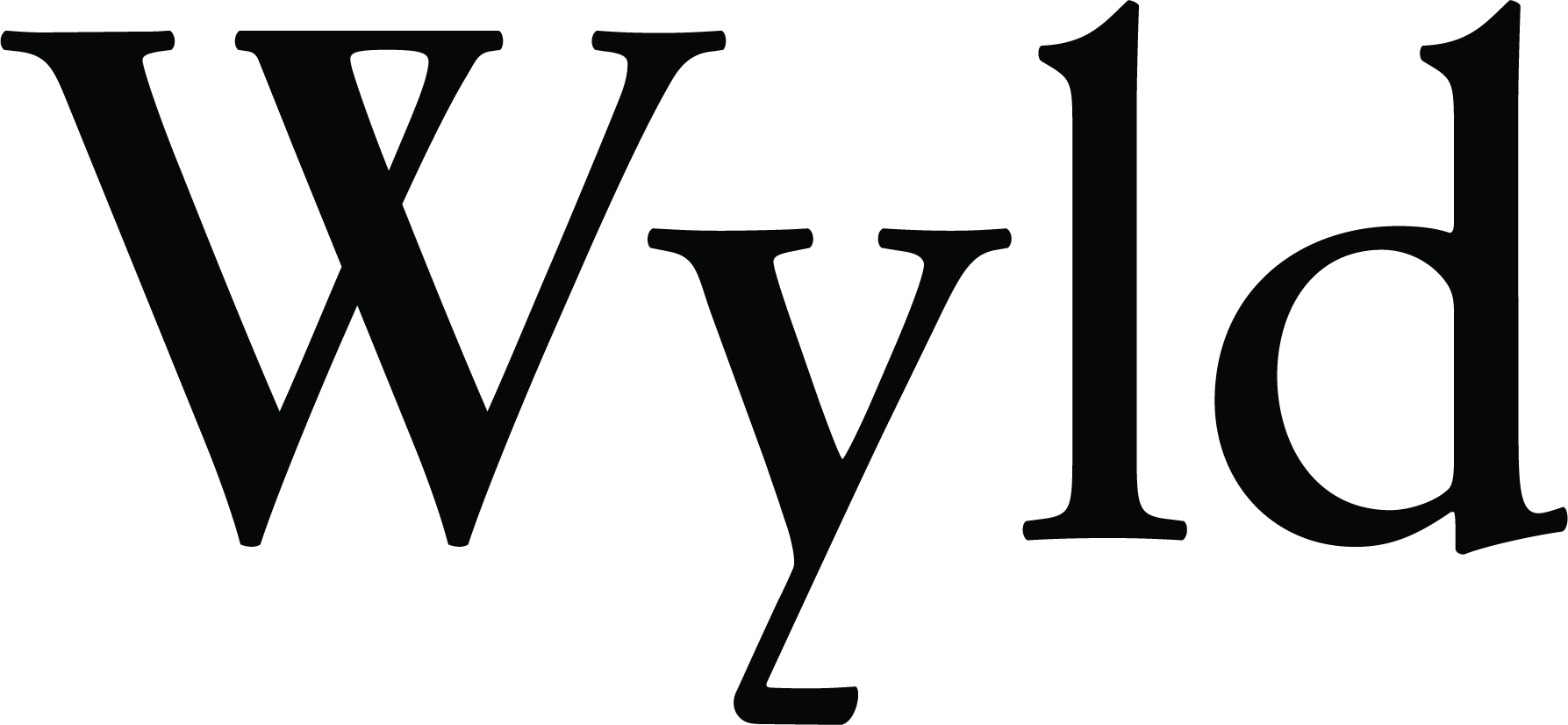I come to wild places to witness the ancient conversations taking place between water and stone, birds and moss, sunlight and spruce. It’s where I feel unconditionally myself. There is no judgment here. On the best days, I find stillness and slowly merge into the landscape. Not as if disappearing but as if returning.
Like I’m a small child yet a million years old at the same time.
Yesterday I watched a doe approach a river and then look behind to let her fawn know that it was safe to come drink. I thought of their bond, of how fine-tuned their life is together, of what would happen if we destroyed this bit of wilderness. Or if we captured one of them, put them in a cage to study or merely entertain us. As a mother, it is a heart-wrenching thought.
There’s this idea that humans are highly-evolved, ego-centric apes who can’t help but control and dominate. But I don’t buy it. Some of the oldest, earliest cultures were intertwined with the natural world. They knew that everything was alive, animate. Even their languages were full of animacy, in contrast to western languages which give personhood only to humans.
In the words of Robin Wall Kimmerer, who is trying to learn the Potawatomi language that her grandfather was forbidden to speak in boarding schools where he was taken as a small boy:
Bit by bit, I have been trying to learn my lost language. My house is spangled with Post-it notes labeling wiisgaak, gokpenagen, and ishkodenhs. It’s a very difficult language to learn, but what keeps me going is the pulse of animacy in every sentence. There are words for states of being that have no equivalent in English. The language that my grandfather was forbidden to speak is composed primarily of verbs, ways to describe the vital beingness of the world. Both nouns and verbs come in two forms, the animate and the inanimate. You hear a blue jay with a different verb than you hear an airplane, distinguishing that which possesses the quality of life from that which is merely an object. Birds, bugs, and berries are spoken of with the same respectful grammar as humans are, as if we were all members of the same family. Because we are. There is no it for nature. Living beings are referred to as subjects, never as objects, and personhood is extended to all who breathe and some who don’t. I greet the silent boulder people with the same respect as I do the talkative chickadees.
It’s no wonder that our language was forbidden. The language we speak is an affront to the ears of the colonist in every way, because it is a language that challenges the fundamental tenets of Western thinking—that humans alone are possessed of rights and all the rest of the living world exists for human use. Those whom my ancestors called relatives were renamed natural resources. In contrast to verb-based Potawatomi, the English language is made up primarily of nouns, somehow appropriate for a culture so obsessed with things.
Linguistic imperialism has always been a tool of colonization, meant to obliterate history and the visibility of the people who were displaced along with their languages. … Beyond the renaming of places, I think the most profound act of linguistic imperialism was the replacement of a language of animacy with one of objectification of nature, which renders the beloved land as lifeless object, the forest as board feet of timber. Because we speak and live with this language every day, our minds have also been colonized by this notion that the nonhuman living world and the world of inanimate objects have equal status. Bulldozers, buttons, berries, and butterflies are all referred to as it, as things, whether they are inanimate industrial products or living beings.
English has come to be the dominant language of commerce, in which contracts to convert a forest to a copper mine are written. It’s just the right language for the purpose, because the forest and the copper ore are equivalent “its.” English encodes human exceptionalism, which privileges the needs and wants of humans above all others and understands us as detached from the commonwealth of life. But I wonder if it was always that way. I can’t help but think that the land spoke clearly to early Anglo-Saxons, just as it did to the Potawatomi.
Robin Wall Kimmerer, Speaking of Nature
What would happen if we tweaked our language so that it acknowledges non-humans as conscious beings? It could be revolutionary. As our knowledge about the natural world increases, human vocabulary and imagination must adapt too.
For the Waorani people in Ecuador, the relationships between trees and other lifeforms are reflected in their language. Many biologists are actually looking to them for guidance now, as they’re coming closer to the understanding that trees speak a language – a language that we can learn. This was once a very absurd idea to us, but not to them. “To the Waorani people living there, nature’s networked character and the idea of communication among all living things seems obvious” (source).
Even today, the Maoli people of Hawaii stop before entering a mountain. They ask to enter and then wait until the mountain welcomes them in. Just as we would never enter someone else’s home, or someone’s body, without their permission. There are Alaskan natives who still ask the trees if they’re willing to be cut down for a particular use. Whether the trees say yes or no, their answers are respected.
Of course these cultures have been oppressed, discredited, erased. We can’t rationalize it. Can’t fit it into our notion of human exceptionalism.
When did we stop learning the languages filled with animacy and consciousness? What were those last conversations like between human and non-human? Was there a disagreement, a sad goodbye? Was there screaming, or just silence?
I come to wild places because they remind me who I am, where I am. That I belong. That I’m alive, yes, and so is everyone around me, breathing the same air, longing for this life.







